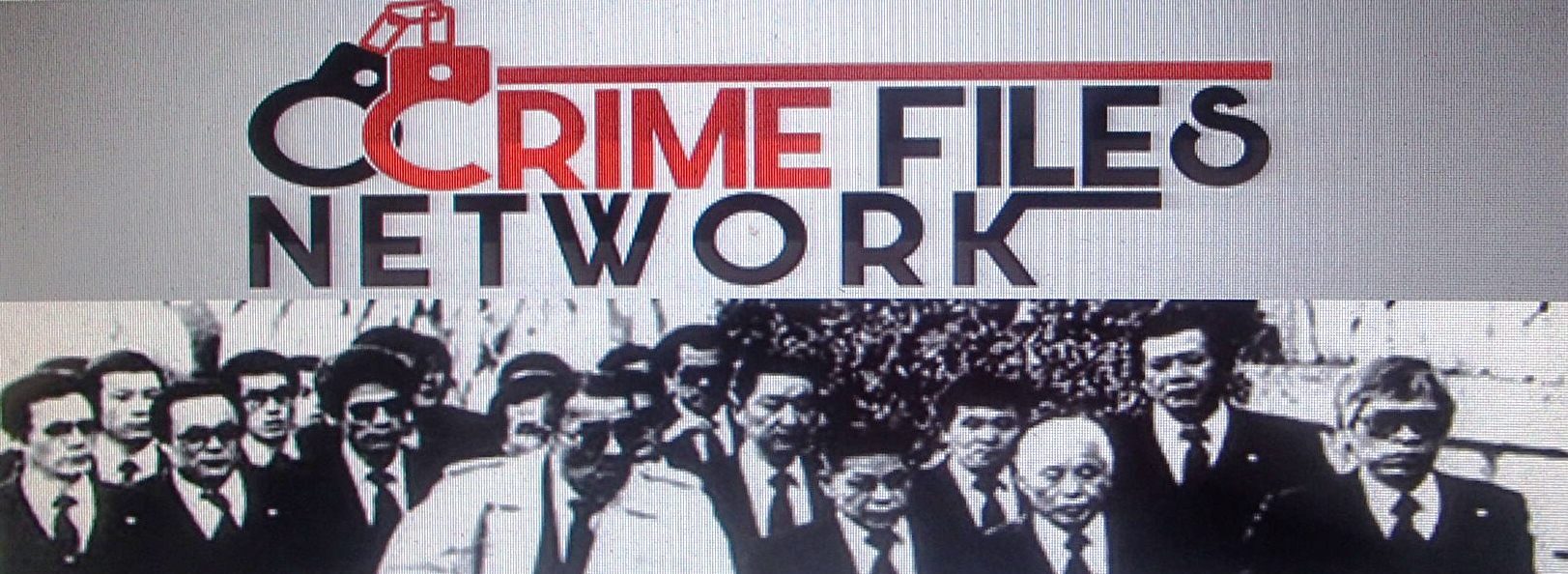Intense. Mesmerizing with those piercing blue eyes. Said to have supernatural powers.
The peasant mystic Rasputin riveted and manipulated Russia’s royal family—until his mysterious assassination. Did he survive poison, drowning, gunshots before his final demise?

Now we have the real story.
Rasputin was murdered during the early morning on 30 December [O.S. 17 December] 1916 at the home of Prince Yusupov. He died of three gunshot wounds, one of which was a close-range shot to his forehead. Little is certain about his death beyond this, and the circumstances of his death have been the subject of considerable speculation. According to Smith, “what really happened at the Yusupov home on 17 December will never be known”The story that Yusupov recounted in his memoirs, however, has become the most frequently told version of events.

According to Yusupov’s account, Rasputin was invited to his palace shortly after midnight and ushered into the basement. Yusupov offered tea and cakes which had been laced with cyanide. After initially refusing the cakes, Rasputin began to eat them and, to Yusupov’s surprise, appeared unaffected by the poison. Rasputin then asked for some Madeira wine (which had also been poisoned) and drank three glasses, but still showed no sign of distress At around 2:30 am, Yusupov excused himself to go upstairs, where his fellow conspirators were waiting.

He took a revolver from Pavlovich, then returned to the basement and told Rasputin that he’d “better look at the crucifix and say a prayer”, referring to a crucifix in the room, then shot him once in the chest. The conspirators then drove to Rasputin’s apartment, with Sukhotin wearing Rasputin’s coat and hat in an attempt to make it look as though Rasputin had returned home that night. Upon returning to his palace,

Yusupov above

In an unsubstantiated claim, Grand Duchess Tatiana, who was earlier alleged to have been raped by Rasputin, was present at the site of Rasputin’s murder, “disguised as a lieutenant of the Chevaliers-Gardes, so that she could revenge herself on Rasputin who had tried to violate her”. Maurice Paléologue, the French ambassador to Russia, wrote that Tatiana had supposedly witnessed Rasputin’s castration, but he doubted the credibility of the rumor

In a modern analysis of Rasputin’s death, published on the 100th anniversary of the event, Dr Carolyn Harris of the University of Toronto notes that the actual circumstances were apparently less dramatic than Yusupov’s account. Rasputin’s daughter recorded that her father disliked sweet food and would not have eaten the supposedly poisoned cakes. An autopsy account by the official surgeon involved has no record of poisoning or drowning but simply records death by a single bullet fired into the head at close range
Death and aftermath


News of Rasputin’s murder spread quickly, even before his body was found. According to Smith, Purishkevich spoke openly about the murder to two soldiers and to a policeman who was investigating reports of shots shortly after the event, but urged them not to tell anyone else. An investigation was launched the next morning The Stock Exchange Gazette ran a report of Rasputin’s death “after a party in one of the most aristocratic homes in the center of the city” on the afternoon of 30 December [O.S. 17 December] 1916.



After two workmen discovered blood on the railing of the Petrovsky Bridge and a boot on the ice below, police began searching the area. Rasputin’s body was found under the river ice on 1 January (O.S. 19 December) approximately 200 meters downstream from the bridge


Dmitry Kosorotov, the city’s senior autopsy surgeon, examined the body. Kosorotov’s report was lost, but he later stated that Rasputin’s body had shown signs of severe trauma, including three gunshot wounds (one at close range to the forehead), a slice wound to his left side and other injuries, many of which Kosorotov felt had been sustained post-mortem.Kosorotov found a single bullet in Rasputin’s body but stated that it was too badly deformed and of a type too widely used to trace.

He found no evidence that Rasputin had been poisoned. According to both Smith and Fuhrmann, Kosorotov found no water in Rasputin’s lungs and reports that Rasputin had been thrown into the water alive were incorrect.

Some later accounts claimed that Rasputin’s penis had been severed, but Kosorotov found his genitals intact.
Rasputin was buried on 2 January (O.S. 21 December) at a small church that Vyrubova had been building at Tsarskoye Selo. The funeral was attended only by the imperial family and a few of their intimates. Rasputin’s wife, mistress and children were not invited, although his daughters met with the imperial family at Vyrubova’s home later that day.


The imperial family planned to build a church over Rasputin’s grave site However, his body was exhumed and burned by a detachment of soldiers on the orders of Alexander Kerensky shortly after Nicholas abdicated the throne in March 1917, so that his grave would not become a rallying point for supporters of the old regime
MORE ON THE LIFE OF RASPUTIN>>HERE
Henry Sapiecha
![]()

